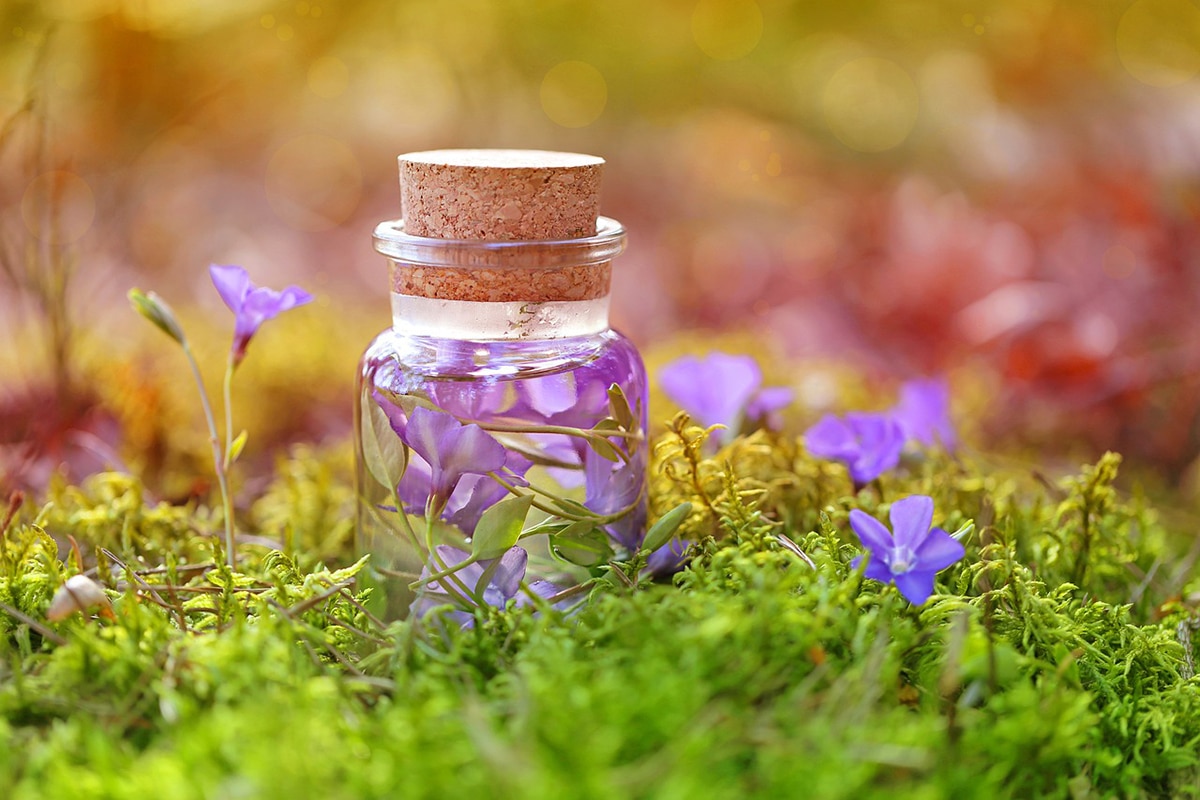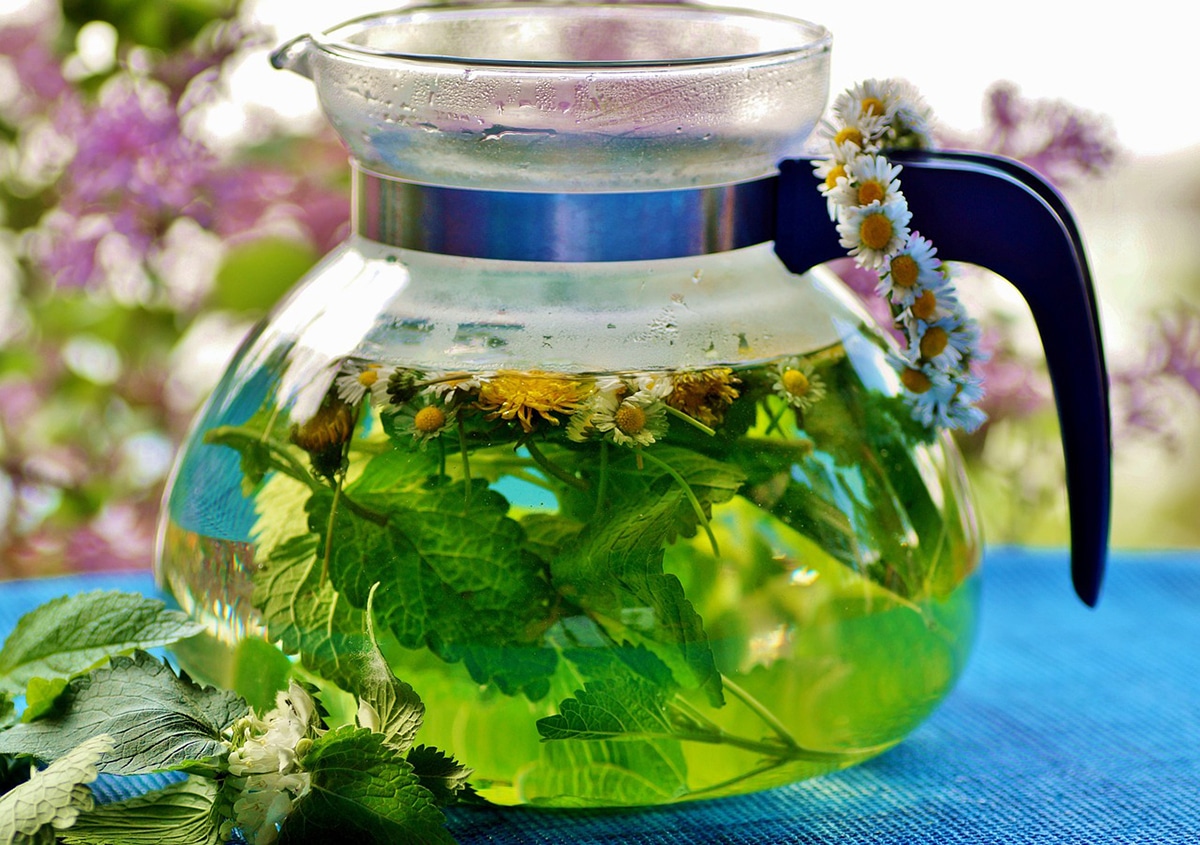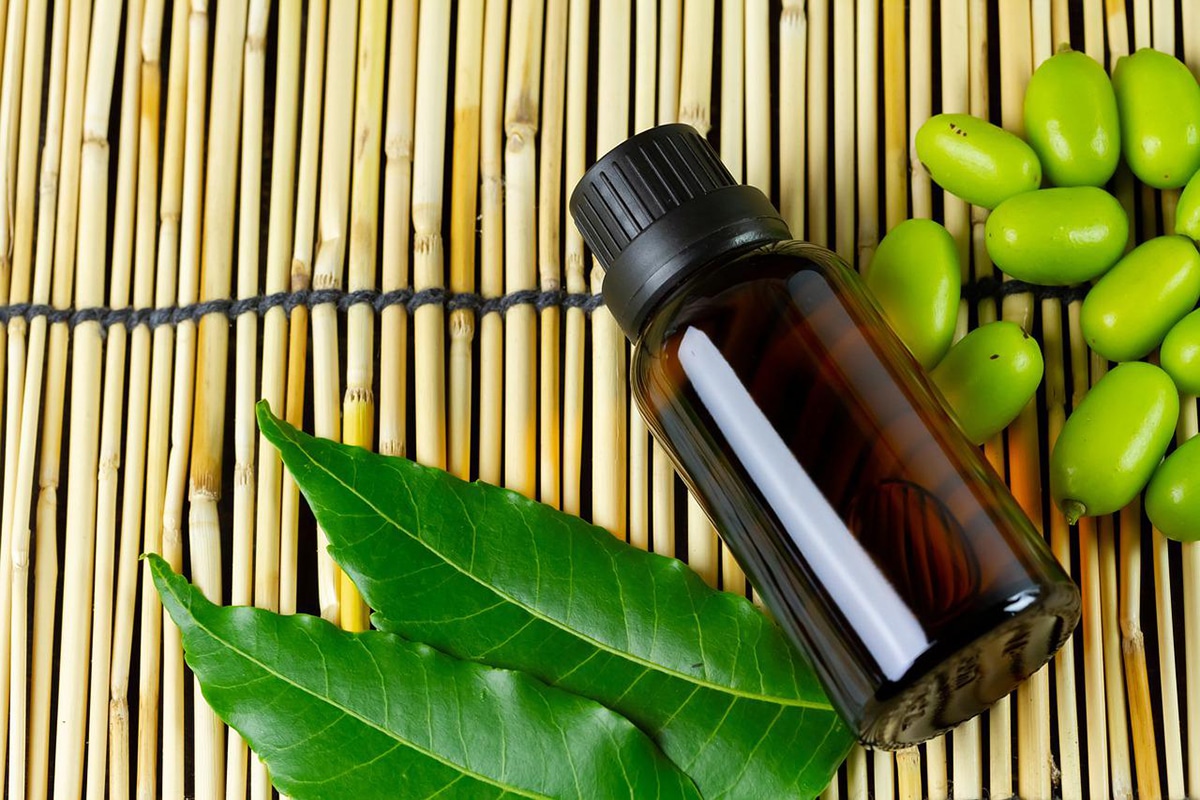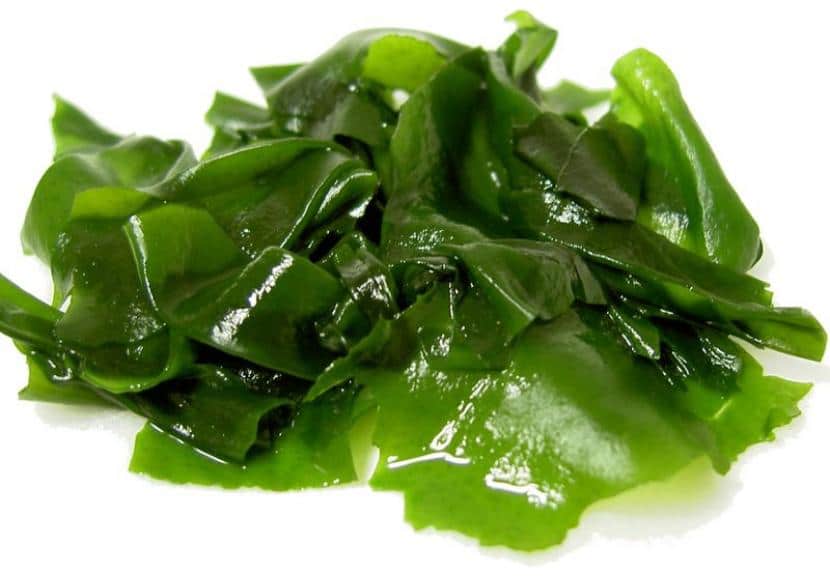
If you dedicate yourself to the agricultural world or you are simply curious, You have probably heard of plant extract. This substance is widely used to enhance certain conditions in crops and to achieve a better harvest. It is a very practical, simple, natural and economical way to solve some crop needs, such as fertilization.
So that you can get a better idea of the application of the plant extract, we will explain in this article what it is, what its benefits are, how it is obtained and what plants are usually used to make it. This can also be very useful for home gardens.
What is a plant extract?

The first thing is to clarify what exactly a plant extract is. It is basically a compound created from biologically active substances. These substances are extracted from plant tissues through the use of some type of solvent (such as water or alcohol) and a suitable extraction process. An example for this process would be infusions.
It should be said that the substances obtained from a plant will depend on both the process used and the solvent used. From a bitter orange, for example, all these elements can be obtained with different techniques: α-pinene, decanol, Diosmin, eriocitrin, hesperidin, limonene, linalool, neohesperidin, naringin, narirutin, nobiletin, poncyrin, roifoline, rutin, sinensetin, taringin, or violaxanthin.
It could therefore be said that the plant extract is a preparation obtained from the extraction of various substances from certain parts of a plant. Sometimes, These substances obtained are mixed with each other in order to achieve enhanced effects.
What benefits do extracts have?
To understand the benefits that plant extracts provide, we must first know its three main uses in agriculture:
- Control pests: One of the biggest problems when it comes to maintaining crops is pests. These small invaders damage crops and facilitate the appearance of diseases. Some plant extracts help combat and prevent the appearance of pests, serving as a natural repellent.
- Fight diseases: Another very frequent and annoying problem in agriculture is phytopathology, that is, plant diseases. Most of them are caused by fungi and pests favor their appearance. Certain plant extracts have the ability to combat various types of fungi in an ecological way.
- Strengthen crops: Finally, it remains to highlight the use of plant extracts to strengthen crops, in the form of fertilizer. This makes them more resistant to damage and increases their production. Therefore, it is a preventive measure to protect plants against pests and diseases.
Understanding the application that these substances have, we can deduce several economic and ecological benefits:
- They help plants by facilitating certain needs and protection without having to invest money, at least if we make the plant extracts ourselves.
- They are completely natural substances. Therefore, they do not harm crops or living beings. In other words, they are not harmful to the environment in general.
- It is very easy to get the plants to make the plant substrate. They are generally grown in home gardens and can also be purchased in stores specializing in agricultural products.
- Storage is easy which allows them to be used when necessary.
How is the plant extract obtained?

When it comes to obtaining the plant extract, the plant must be subjected to an adequate extraction process. When carried out, two different compounds are produced: The extract and the bagasse, also called waste. One of the most common methods to carry out this task is by means of a press that squeezes the juices of the plant in question.
Another way to run the extraction process is through punctures whose objective is to distill certain types of vegetables. In this way the internal liquids of the plants can be obtained. The plant extract can also be extracted from dried plants. For this, some specific processes are applied whose function is to obtain the properties of the plant through other types of methods.

Once the extract has been obtained, it is time to prepare it. It is a very delicate process, since plants are living organisms. An error, no matter how small, or a bad practice can result in the inefficiency of the extract. Among the various preparations of these substances are fermentations, decoctions, making infusions and macerations, among other processes.
In all of them, water cannot be missing. That is why it is of the utmost importance that it be of quality. It is best to use rainwater. If we do not have it, another option is to opt for some type of water without chlorine and whose purity level is very high. Let's look at a couple of examples of processes with water:
- Maceration: You have to put the powder in the water and leave it at room temperature for about ten days.
- Infusions: Add the powder to the water and bring to a boil until it breaks into a boil.
usual plants
As expected, the selection of plants to create plant extracts It will depend on the results we want. Some of the most popular are the following:
- Garlic: It is of great help to combat pest attacks. Normally about two grams are crushed for every liter of water. See file.
- Burdock: It is a good ally if what we want is to strengthen the crops. See file.
- Calendula: Like the previous one, it helps to strengthen. See file.
- Nasturtium: It is normally prepared as an infusion to combat various diseases. See file.
- Horse tail: It also helps fight some diseases. See file.
- Lavender: Preparing it as an infusion can be very useful to eliminate certain pests. See file.
- Nettle: Helps strengthen crops. See file.
In conclusion, we can say that plant extracts are an ideal solution to help our crops in an ecological way. In addition, many of them we can make ourselves. However, there are some plant extracts whose processing conditions are more complicated. These substances are better to buy ready-made, as is the case with neem oil, for example.